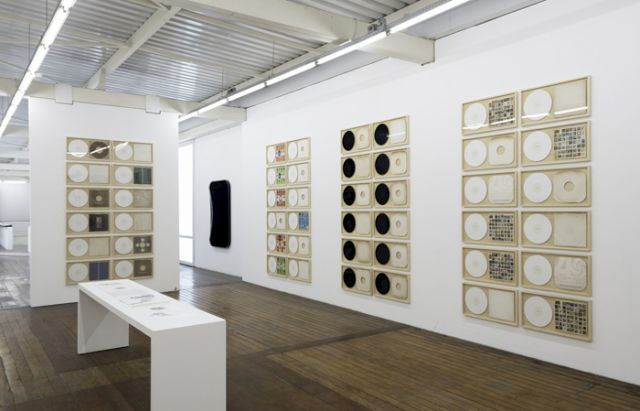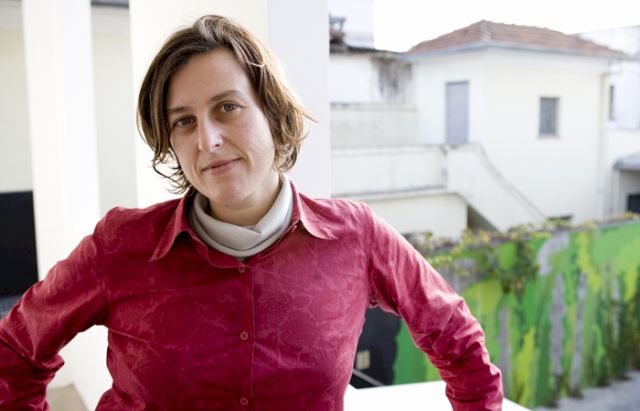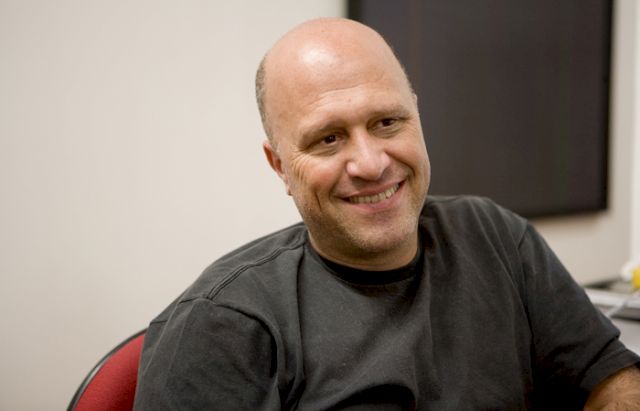BMW Art Guide by Independent Collectors
Vermelho – São Paulo, Brazil
There were no galleries open to a new generation of artists working in a nontraditional way

The most varied ideas and concepts are associated with the color red: from passion to danger, from Communism to Ferrari. But for Eliana Finkelstein and Eduardo Brandão, founders of São Paulo gallery Vermelho - which means “red” in Brazilian - the color represents the analog process of developing photographs.
In particular, this refers to the background of Eduardo Brandão, who used to be a photographer and teach classes at Fundação Armando Alvares Penteado, where he and Eliana Finkelstein met. "I studied publicity," Finkelstein remembers, "but after university I became interested in art. I began to attend Eduardo's courses, we started talking about art, and I convinced him to open a gallery with me."

The need to open a gallery derived from the fact that at that time - the end of the 1990s - there were no galleries open to a new generation of artists working in a nontraditional way. "These artists were not working in painting, sculpture, or photography," Finkelstein explains. "They were working conceptually, using media like concrete and iron. They were interested in other things than Brazilian galleries at the time." Among the first artists of Vermelho were Marcelo Cidade, André Komatsu, and Chiara Banfi.
So Finkelstein and Brandão opened their gallery in 2002 in a former warehouse. The choice of location was in itself pioneering. "We wanted to be well-connected to trains and busses, in order to be accessible to many people. And we wanted a terrace where people could meet and talk about art," Eliana Finkelstein says. Ten years ago Consolação, the neighborhood where the gallery is located, was not as expensive as it is today. It was actually a dangerous place with many drug dealers. "When I came to see the place the first time I was alone and I did not feel safe, but I understood that it had potential. We bought the house and created a gallery, a bookstore for artists' books called Tijuana, a restaurant, and a bar."


Vermelho aims to be a place for aggregation around art. Once a year it also organizes a performance festival. "Performance is the language of many of our artists, so it is important to us even if it is difficult to sell," Finkelstein explains. The gallery represents 37 artists, mostly from Latin America, all working in a conceptual way; many produce books. "We are interested in the intersection of literature, music, and art. We like to work closely with the artists, and let them work with each other. We currently have a show with two new young artists engaging in a dialogue: Guilherme Peters and Henrique Cesar."

Other young artists working with the gallery are Nicolás Bacal and Jonathas de Andrade. Among the more established ones are Rosângela Rennó, Daniel Senise, Carmela Gross, and the duo Dias & Riedweg. Eliana Finkelstein and Eduardo Brandão's desire to connect with people shows in their relationship with collectors as well. "When collectors come to the gallery it is never a quick visit," Eliana Finkelstein explains. "It takes time to understand the artists, we need to talk and to read. But this is a great pleasure, and in the end we become friends with a common interest, art. And we are very lucky because, as we participate in ten international art fairs a year, we have friends all over the world."
by Silvia Anna Barrilà
The freelance journalist Silvia Anna Barrilà is specialized in the art market. Since 2008 she has been writing for the Italian financial newspaper Il Sole 24 Ore and for international media covering art, including Damn, Auction Central News, Artinvestor, and Monopol.
All images via Vermelho, São Paulo. Photos by Edouard Fraipont
More Information on Vermelho